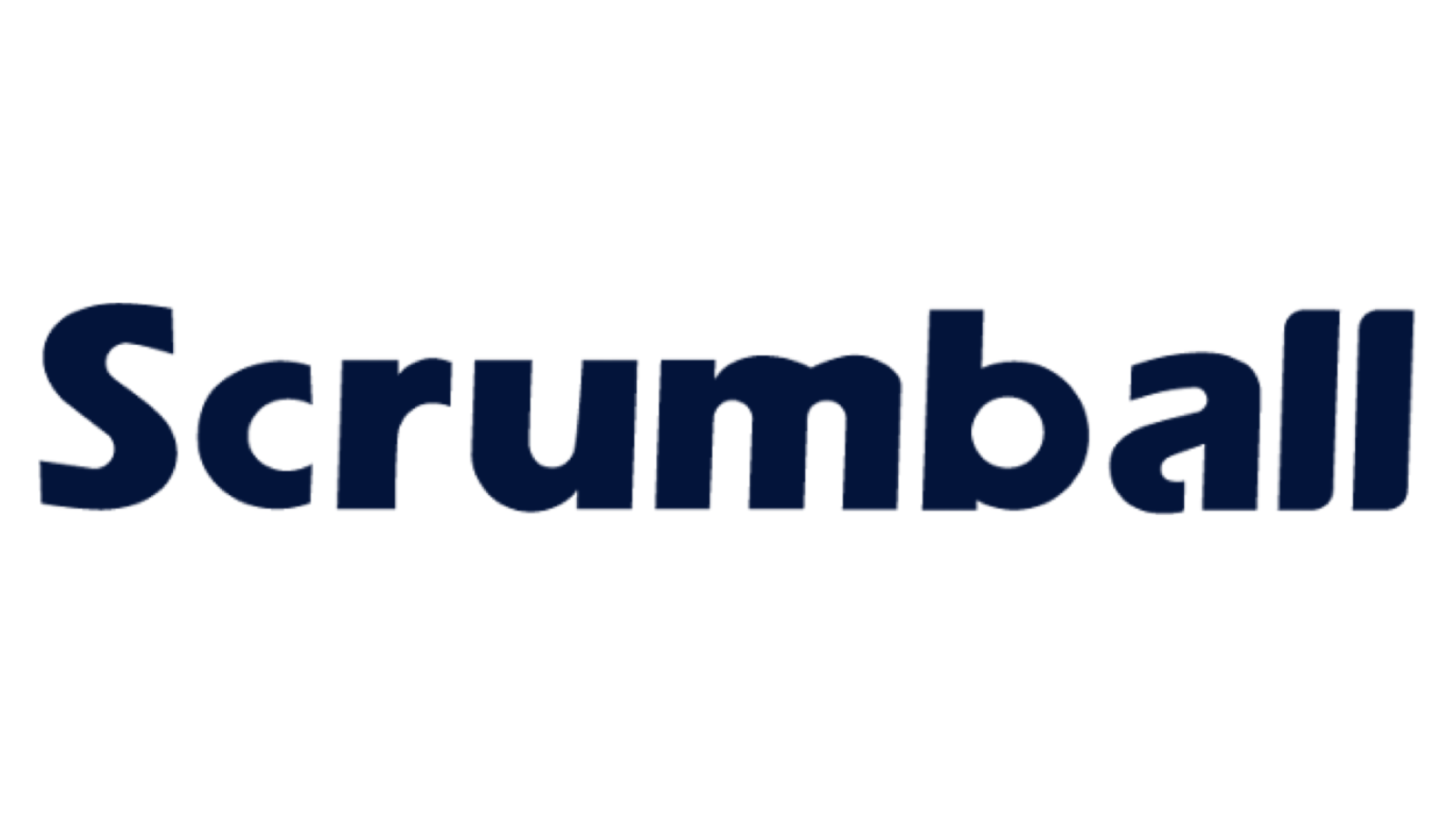How to Manage an SEO Campaign Successfully in 2025

Search engine optimization continues to be a cornerstone of digital success in 2025. Businesses that prioritize effective SEO campaign management can secure higher rankings and drive significant growth. Companies achieving the top spot in Google's organic search results capture 27% of all clicks, making SEO a vital tool for enhancing traffic and revenue. Adapting to SEO trends like AI-driven tools, voice search optimization, and user-focused strategies ensures your efforts align with evolving audience expectations. A structured 2025 SEO strategy not only improves visibility but also strengthens your competitive edge in a dynamic online landscape.
Setting Goals for a Successful SEO Campaign
Defining Clear Objectives
Clear objectives form the foundation of a successful seo campaign. Without them, your efforts may lack direction and fail to deliver results. Start by identifying what you want to achieve with your seo strategy. For instance, if your business plans to enter a new market, focus on keywords that enhance visibility in that region. This approach aligns your technical seo efforts with broader business goals, ensuring a higher return on investment.
When setting objectives, follow the SMART framework:
- Specific: Define goals that are clear and precise.
- Measurable: Ensure you can track progress with quantifiable metrics.
- Achievable: Set realistic targets based on your resources.
- Relevant: Align goals with your overall business objectives.
- Time-bound: Establish a timeline for achieving these goals.
For example, you might aim to increase organic traffic by 20% within six months or improve rankings for high-value keywords. These objectives provide a roadmap for your seo campaign management, helping you stay focused and data-driven.
Establishing Measurable KPIs
Key performance indicators (KPIs) allow you to measure the success of your seo strategy. They provide actionable insights into what’s working and what needs adjustment. To establish effective KPIs, align them with your business goals. For example, if your goal is to boost organic traffic, track metrics like page views, bounce rates, and session durations.
Here’s a step-by-step approach to setting KPIs:
- Align KPIs with your business objectives to ensure relevance.
- Define clear, measurable targets for each KPI.
- Regularly review performance metrics to refine your strategy.
Common KPIs for seo campaigns include:
- Improved rankings for target keywords.
- Increased organic traffic to specific pages.
- Higher engagement rates, such as time spent on page.
- Growth in organic conversions, like form submissions or sales.
Tracking these KPIs helps you evaluate the effectiveness of your seo campaign objectives. Regularly reviewing them ensures your seo strategy remains adaptable and results-driven.
Conducting Research for Effective SEO Campaigns
Keyword Research and Search Intent
Keyword research is the backbone of any successful SEO strategy. It helps you understand what your audience is searching for and how to align your content with their needs. In 2025, tools like LowFruits allow you to filter keywords by intent, making it easier to target specific user needs. AI-powered tools also streamline the process by offering predictive analytics and semantic insights. Focusing on long-tail keywords can further enhance your efforts. These keywords are less competitive and often lead to higher conversion rates.
When conducting keyword research, prioritize topic identification. This ensures your content addresses relevant themes and resonates with your audience. By understanding search intent, you can create content that not only ranks well but also drives meaningful organic traffic to your site.
Competitor Analysis and Strategy Insights
Analyzing your competitors’ SEO strategies provides valuable insights into their strengths and weaknesses. You can uncover their keyword usage, backlink profiles, and even semantically related keywords. This helps you optimize your site for better relevance and visibility. Competitor analysis also reveals market opportunities they may have missed, allowing you to refine your SEO strategy.
Follow a structured approach to competitor analysis. Start by identifying their top-performing pages and keywords. Then, monitor their marketing campaigns to enhance your own. This process not only boosts your Google rankings but also improves client acquisition and overall traffic.
Comprehensive SEO Audits
A comprehensive SEO audit ensures your site adheres to best practices and performs optimally. Key components of an audit include technical site checks, keyword evaluations, and content reviews. You should also assess inbound links and user experience. Adding a competitive audit to this process provides a holistic view of your site’s performance within the industry.
Regular audits help you identify gaps in your SEO strategy. They ensure your site remains aligned with search engine optimization standards and continues to attract organic traffic. Comprehensive industry research further strengthens your campaign by keeping you informed about evolving trends.
Optimizing Technical and On-Page SEO

Enhancing Technical SEO Elements
Technical SEO forms the backbone of your website's performance. By focusing on key elements, you can ensure search engines crawl and index your site effectively. Start with website speed optimization. Compress images, leverage caching, and minimize code to improve load times. A fast website not only enhances user experience but also boosts your ranking. Mobile-friendliness is another critical factor. Use responsive design, avoid intrusive pop-ups, and ensure text remains readable on smaller screens.
Crawlability and indexability are essential for SEO optimization techniques. Use a proper robots.txt file to guide search engines and fix broken links to maintain a seamless user experience. Implement canonical tags and meta robots tags to prevent duplicate content issues. Regular SEO audits help you identify gaps and adapt to algorithm changes. Additionally, optimizing for voice and visual search ensures your site meets evolving user preferences. AI-driven tools can streamline these tasks, saving you time and effort.
Improving On-Page SEO for Better Visibility
On-page SEO directly impacts how well your content ranks in search results. Start by prioritizing user experience. Ensure fast load times and mobile optimization to keep visitors engaged. Conduct thorough keyword research to align your content with user intent. Long-tail keywords are especially effective for attracting relevant traffic and improving rankings.
Core Web Vitals, such as loading speed, interactivity, and visual stability, play a significant role in SEO performance. Regularly evaluate these metrics to maintain high-quality standards. Optimizing meta titles and descriptions with targeted keywords improves click-through rates. Use header tags to structure your content and make it easier for users and search engines to navigate.
Voice and visual search are becoming increasingly important. Adapt your content to these formats by using conversational language and descriptive alt text for images. Regular SEO audits ensure your on-page SEO remains effective and aligned with current trends. By focusing on these strategies, you can drive organic traffic and improve your site's visibility.
Creating Content Aligned with 2025 SEO Strategy

Leveraging E-E-A-T Principles
To succeed in SEO campaign management, you must prioritize E-E-A-T principles: Experience, Expertise, Authoritativeness, and Trustworthiness. These principles guide search engines in evaluating the quality of your content. In 2025, search engines place greater emphasis on real-world knowledge. Content creators with firsthand experience in their fields gain an edge. Expertise remains critical, requiring well-researched and accurate information. Authoritativeness ensures your site is recognized as a credible source in its domain. Trustworthiness, the foundation of valuable content, builds user confidence through reliability and transparency.
You can enhance E-E-A-T by showcasing credentials, citing reputable sources, and maintaining a consistent tone of authority. For example, publishing case studies or expert interviews demonstrates experience and expertise. These efforts not only improve your ranking but also attract organic traffic by establishing your site as a trusted resource.
Crafting Content for User Intent
Understanding user intent is essential for creating high-quality content that aligns with your 2025 SEO strategy. Users search with specific goals in mind, such as finding information, navigating to a site, or completing a transaction. To meet these needs, conduct intent-based keyword research. This helps you identify what users aim to achieve with their queries.
Create content tailored to each stage of the buyer’s journey. For informational intent, provide clear answers through FAQs or how-to guides. For transactional intent, optimize product pages with compelling descriptions. Use concise titles and meta descriptions that reflect user intent. Regularly monitor search trends to adapt your strategy and maintain relevance. By aligning your content with user intent, you can drive more traffic and improve your ranking.
Updating and Repurposing Existing Content
Updating and repurposing content is a cornerstone of content-driven SEO. This approach extends the lifespan of your material and keeps it relevant. Regular updates ensure your content meets current standards and maintains its ranking. Google prioritizes fresh, high-quality content, making updates essential for staying competitive.
Repurposing allows you to transform content into new formats, such as videos, infographics, or podcasts. This strategy reintroduces your material to audiences in innovative ways. For example, turning a blog post into a webinar can engage users who prefer visual content. These efforts reduce the pressure to create new material while keeping your site dynamic. By focusing on pillar content development and a topic cluster strategy, you can strengthen your SEO efforts and attract consistent organic traffic.
Building and Managing Backlinks Effectively
Developing a White-Hat Link-Building Strategy
Building backlinks is essential for improving your site’s authority and driving organic traffic. A white-hat link-building strategy focuses on ethical methods that align with search engine guidelines. You can use several effective techniques to earn high-quality backlinks in 2025.
- Create ultimate guides that offer comprehensive information on a topic. These guides attract backlinks because they serve as valuable content for readers and other websites.
- Publish listicles, which present information in a numbered format. These posts often generate more backlinks due to their engaging structure.
- Use resource page link building. Reach out to websites with curated resource pages and suggest your content as a helpful addition.
- Implement broken link building. Identify broken links on other sites and offer your content as a replacement. This approach helps both parties and earns you backlinks.
By focusing on these strategies, you can enhance your SEO efforts and build a strong backlink profile.
Monitoring and Maintaining Backlink Quality
Monitoring your backlinks ensures they remain beneficial to your SEO strategy. High-quality backlinks improve your site’s authority, while low-quality links can harm your rankings. Several tools can help you track and maintain your backlink profile effectively.
- SE Ranking provides detailed link analysis and starts at an affordable price.
- Sitechecker tracks your backlinks and alerts you if any links are lost.
- Ahrefs offers comprehensive backlink monitoring and helps you identify low-quality links.
- Google Search Console provides free insights into your top linking sites.
- Monitor Backlinks gives an overview of your link profile and SEO metrics.
Regularly review your backlinks to ensure they align with your goals. Remove harmful links and focus on building relationships with authoritative sites. This proactive approach keeps your backlink profile strong and supports your overall SEO strategy.
Tracking and Measuring SEO Campaign Success
Utilizing Analytics Tools for Insights
Tracking your SEO campaign's performance requires reliable analytics tools. These tools provide insights into how your content performs and where improvements are needed. Google Analytics 4 offers detailed data on user behavior, helping you understand how visitors interact with your site. Google Search Console tracks your site's visibility in search results and highlights technical issues. Ahrefs and Semrush simplify SEO tasks by offering features like keyword tracking, competitor analysis, and backlink monitoring. SpyFu specializes in keyword analytics, refining your strategy for better results. WooRank and KWFinder focus on website optimization and keyword identification, ensuring your content aligns with user intent.
Using these tools, you can monitor metrics like organic traffic, bounce rates, and conversion rates. This data helps you identify which pages drive the most traffic and which need optimization. For example, Ahrefs allows you to analyze technical SEO performance and track rankings, while Semrush provides an all-in-one platform for managing your SEO strategy. Regularly reviewing these insights ensures your efforts remain effective and aligned with your goals.
Regularly Reviewing and Adjusting Strategies
SEO is not a one-time effort. Regular reviews and adjustments keep your strategy effective in a constantly changing digital landscape. Conduct quarterly reviews to evaluate performance metrics and track keyword rankings. This process helps you pinpoint areas needing improvement and adapt to new trends. For example, changes in search engine algorithms or shifts in user behavior may require you to update your content or refine your keyword focus.
Continuous monitoring ensures your site stays competitive. Analyze your results to identify gaps in your strategy and implement changes promptly. For instance, if a particular page sees a drop in organic traffic, review its content and optimize it for current search trends. Staying proactive allows you to maintain your rankings and deliver valuable content to your audience.
By combining analytics tools with regular reviews, you can create a dynamic SEO strategy that adapts to changes and drives consistent results.
Managing a successful seo campaign in 2025 requires a structured approach and continuous refinement. Start by setting clear goals and measurable KPIs to guide your efforts. Focus on comprehensive content strategies, as these have proven to drive significant growth, such as increasing organic traffic tenfold for SaaS and legal services firms. Conduct thorough analysis of technical elements, user intent, and competitor strategies to stay ahead.
Adaptability plays a key role in maintaining relevance. Regularly update your content to align with evolving search trends and user behavior. This approach improves rankings, enhances user experience, and boosts engagement rates. By embracing these strategies, you can achieve sustainable results and long-term success.
FAQ
What is the most important factor for SEO success in 2025?
User experience plays a critical role. Search engines prioritize fast-loading, mobile-friendly websites with engaging content. Focus on meeting user intent and optimizing technical elements to improve rankings.
How often should you update your SEO strategy?
Review your strategy quarterly. Regular updates help you adapt to algorithm changes and evolving user behavior. This ensures your efforts remain effective and aligned with current trends.
Can AI tools improve your SEO campaigns?
Yes, AI tools streamline tasks like keyword research, content optimization, and competitor analysis. They save time and provide valuable insights, helping you refine your strategy for better results.
How do backlinks impact your SEO performance?
Backlinks enhance your site’s authority and improve rankings. High-quality links from reputable sources signal trustworthiness to search engines, driving organic traffic to your site.
Is voice search optimization necessary in 2025?
Yes, voice search continues to grow. Optimize for conversational queries and long-tail keywords. This ensures your content aligns with how users interact with voice-enabled devices.
See Also
Unlocking Effective TikTok Marketing Techniques for 2024
Seven Key Steps for Crafting Influencer Marketing Success
Grasping the Concept of Product Seeding Today
